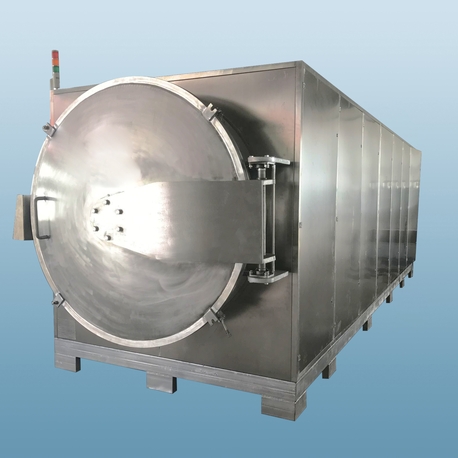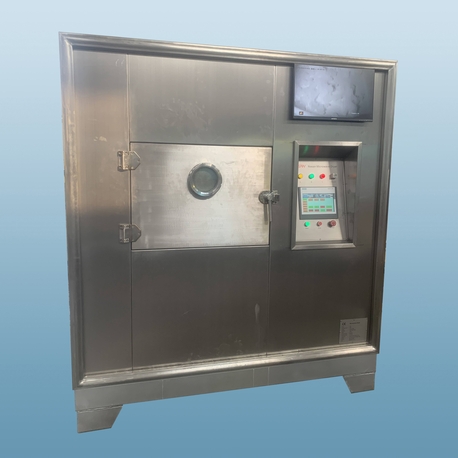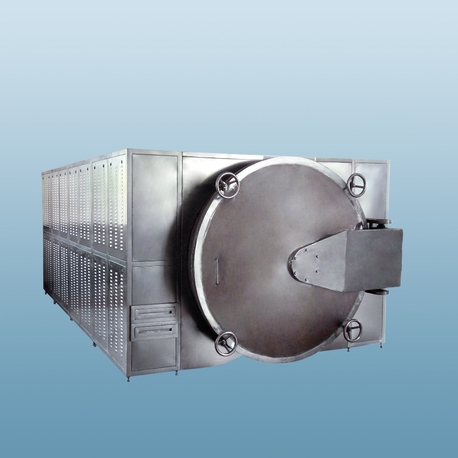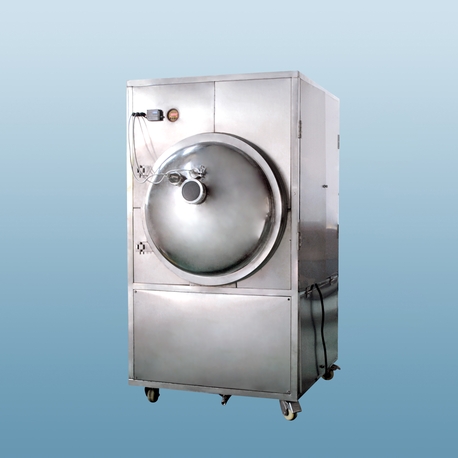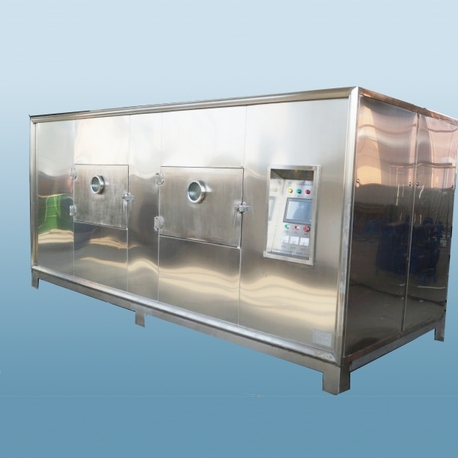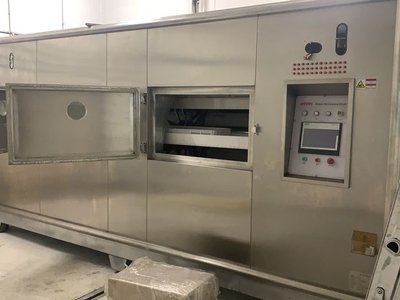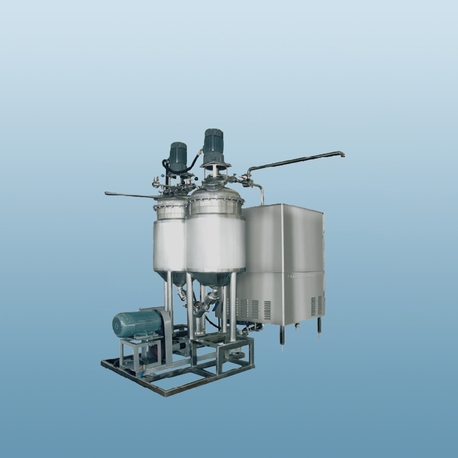When it comes to precision drying and processing, a vacuum oven stands out as an essential piece of equipment across numerous sectors. Unlike conventional ovens, which rely on high temperatures and atmospheric pressure, a vacuum oven operates under reduced pressure, lowering the boiling point of liquids and enabling gentle, efficient drying without damaging sensitive materials. This technology is pivotal in industries where heat-sensitive components must be processed with care, from electronics and pharmaceuticals to food and aerospace.
The basic principle behind a vacuum oven is straightforward: by removing air and moisture from the chamber, it creates a low-pressure environment that accelerates drying while preventing oxidation and thermal degradation. This makes it indispensable for applications requiring precise temperature control and contamination-free conditions. Whether it's removing solvents from laboratory samples, drying delicate food products, or curing composites in manufacturing, the versatility of vacuum oven drying is unmatched.
In this article, we will explore the various facets of vacuum oven technology, including its industrial applications, specific uses in the food industry, and how to choose a reliable vacuum oven manufacturer. We will also address common challenges and questions users might have. By the end, you will have a comprehensive understanding of why this equipment is so critical and how to leverage it effectively in your operations.
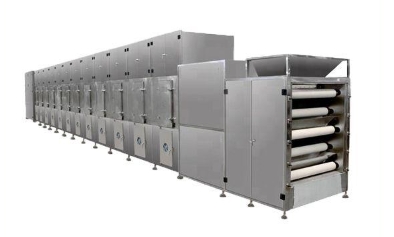
What is Vacuum Oven Drying and How Does It Work?
Vacuum oven drying is a process that involves placing materials in a sealed chamber where air and pressure are reduced to facilitate drying at lower temperatures. This method is particularly beneficial for substances that are sensitive to heat or prone to oxidation. By lowering the pressure inside the chamber, the boiling point of water or other solvents is reduced, allowing them to evaporate without exposing the material to high heat.
The process begins by loading the product into the oven chamber. Once sealed, a vacuum pump removes air and moisture, creating a partial vacuum. The temperature is then carefully controlled to provide just enough heat to drive off the remaining moisture without causing damage. This controlled environment ensures that even the most delicate materials, such as pharmaceuticals or electronic components, are dried uniformly and efficiently.
One of the key advantages of vacuum oven drying is its ability to preserve the integrity of the material being processed. For example, in the pharmaceutical industry, active ingredients can be dried without losing their potency. In the food industry, flavors, colors, and nutritional values are maintained, which is often not possible with traditional hot-air drying. Additionally, this method is energy-efficient, as it requires less heat to achieve the same results compared to conventional ovens.
Industries that rely on precise moisture control, such as ceramics and plastics, also benefit greatly from vacuum oven drying. The process eliminates the risk of cracking or warping that can occur with rapid, high-temperature drying. Overall, vacuum oven drying offers a blend of efficiency, precision, and material preservation that is unmatched by other methods.
The Importance of Industrial Vacuum Ovens
An industrial vacuum oven is designed to meet the demanding requirements of large-scale operations. These units are built with robust materials and advanced features to handle heavy workloads, consistent use, and harsh environments. Unlike laboratory-scale models, industrial vacuum ovens are equipped with higher capacity chambers, powerful vacuum systems, and enhanced temperature controls to ensure reliability and efficiency in production settings.
In manufacturing, industrial vacuum oven systems are used for a variety of processes, including drying, curing, annealing, and degassing. For instance, in the aerospace industry, composite materials are cured in vacuum ovens to achieve the desired strength and durability without defects. In the electronics industry, these ovens remove moisture from components to prevent failure during operation. The chemical industry uses them to dry powders and granules without causing clumping or degradation.
The design of an industrial vacuum oven often includes features such as programmable logic controllers (PLCs), data logging, and multiple safety mechanisms. These elements allow for automated operation, precise repeatability, and compliance with industry standards. Additionally, industrial models are customizable to fit specific process requirements, such as corrosion-resistant interiors for handling aggressive chemicals or specialized racks for accommodating unique product shapes.
Another critical aspect is scalability. Industrial vacuum oven units can be integrated into continuous production lines, working in tandem with other equipment to streamline workflows. This reduces downtime and increases overall productivity. For businesses looking to invest in such equipment, partnering with an experienced vacuum oven manufacturer is essential to ensure the oven meets all operational needs and regulatory requirements.
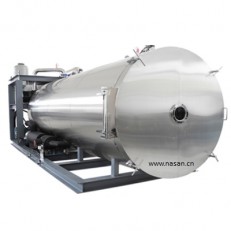
Applications of a Vacuum Oven for Food
The use of a vacuum oven for food has revolutionized the way we preserve and process edible products. This technology is especially valuable for drying heat-sensitive foods that would otherwise lose their nutritional value, flavor, and texture under high temperatures. By operating at low temperatures and in a oxygen-free environment, a vacuum oven for food ensures that products are dried quickly and safely without compromising quality.
One of the most common applications is in the production of dried fruits and vegetables. Traditional drying methods can cause shrinkage, loss of color, and nutrient degradation. In contrast, vacuum oven drying preserves the natural appearance and health benefits of these foods. Similarly, herbs and spices dried in a vacuum oven retain their essential oils and aromatic compounds, resulting in a more potent and flavorful end product.
The vacuum oven for food is also used in the creation of innovative food products like freeze-dried snacks and powders. Freeze drying, a specialized form of vacuum drying, involves freezing the product and then reducing the pressure to allow the frozen water to sublimate directly from solid to gas. This process is ideal for producing lightweight, shelf-stable foods that rehydrate quickly, such as instant coffee, camping meals, and astronaut food.
Beyond drying, vacuum ovens are employed in food testing and research labs to determine moisture content, shelf-life stability, and other critical parameters. The accuracy and control offered by these ovens make them indispensable for quality assurance. As consumer demand for natural and minimally processed foods grows, the role of the vacuum oven for food will continue to expand, driving innovation in food technology.
Choosing a Reliable Vacuum Oven Manufacturer
Selecting the right vacuum oven manufacturer is crucial to ensuring you get equipment that meets your specific needs and delivers long-term reliability. A reputable manufacturer will not only provide high-quality ovens but also offer comprehensive support, from initial consultation to after-sales service. Here are some key factors to consider when choosing a vacuum oven manufacturer.
First, evaluate the manufacturer’s experience and expertise. Look for companies with a proven track record in your industry. Whether you need an industrial vacuum oven for large-scale production or a specialized vacuum oven for food, the manufacturer should understand your unique requirements and recommend the best solution. Check for certifications such as ISO standards, which indicate a commitment to quality and consistency.
Next, consider the range of products and customization options. A good vacuum oven manufacturer will offer a variety of models with different sizes, temperature ranges, and vacuum capabilities. They should also be willing to customize features like shelving, controls, and materials to suit your process. For instance, if you work with corrosive materials, you might need an oven with a stainless steel interior and special coatings.
Another important aspect is technical support and service. Ensure the manufacturer provides installation, training, and maintenance services. Reliable customer support can minimize downtime and extend the life of your equipment. Additionally, inquire about warranty terms and the availability of spare parts. A manufacturer that stands behind their products with strong warranties and readily available parts is often a safer bet.
Finally, read reviews and testimonials from other customers. This can give you insight into the manufacturer’s reliability, product performance, and customer service. Don’t hesitate to ask for case studies or references from clients in your industry. By doing thorough research, you can partner with a vacuum oven manufacturer that will provide value for years to come.
Common Questions and Challenges with Vacuum Ovens
While vacuum ovens are highly efficient, users may encounter certain challenges or have questions about their operation. Understanding these common issues can help in optimizing performance and avoiding potential pitfalls. Below, we address some frequently asked questions and problems related to vacuum oven drying and maintenance.
1. Why is my vacuum oven not reaching the desired pressure?
This is often due to leaks in the system. Check the door seal, valves, and fittings for any signs of wear or damage. Regular maintenance of the vacuum pump is also essential, as a faulty pump can struggle to achieve or maintain low pressure.
2. How do I prevent contamination in my vacuum oven?
Contamination can occur if the oven is used for multiple processes without proper cleaning. To avoid this, use dedicated ovens for specific applications or ensure thorough cleaning between uses. For sensitive industries like pharmaceuticals or food, choose ovens with easy-to-clean surfaces and validated cleaning protocols.
3. What safety precautions should I take?
Vacuum ovens operate under high temperatures and low pressure, which can pose risks if not handled properly. Always follow the manufacturer’s guidelines for operation and maintenance. Use personal protective equipment when loading or unloading materials, and ensure the oven is properly grounded to prevent electrical hazards.
4. How can I improve the efficiency of vacuum oven drying?
Efficiency depends on factors like load size, material properties, and process parameters. Avoid overloading the chamber, as this can lead to uneven drying. Pre-programmed cycles, available in advanced models, can optimize time and temperature settings for specific materials. Regular calibration of temperature and pressure sensors is also critical for consistent performance.
5. What is the typical maintenance routine?
Routine maintenance includes checking and replacing door seals, cleaning the chamber, and servicing the vacuum pump. For industrial vacuum oven units, scheduled inspections by a qualified technician are recommended to ensure all components are functioning correctly.
By addressing these common questions, users can maximize the benefits of their vacuum ovens and avoid operational disruptions.
The vacuum oven is a versatile and indispensable tool across a wide range of industries, from manufacturing and electronics to food processing and pharmaceuticals. Its ability to provide precise, gentle, and efficient drying makes it superior to conventional methods, especially for heat-sensitive materials. Understanding the principles of vacuum oven drying, the capabilities of an industrial vacuum oven, and the specific applications of a vacuum oven for food can help businesses make informed decisions about their equipment needs.
Choosing the right vacuum oven manufacturer is equally important, as it ensures reliability, customization, and ongoing support. By considering factors such as experience, product range, and customer service, you can invest in a system that will deliver consistent performance for years to come.
Despite the challenges that may arise, proper maintenance and operation can keep your vacuum oven running smoothly. As technology continues to advance, we can expect even more innovative features and applications for this critical equipment. Whether you are looking to improve product quality, increase efficiency, or explore new processes, the vacuum oven is a key enabler of success.


